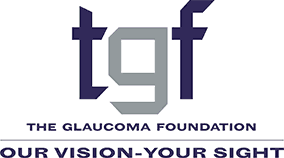Who's at Risk?
Everyone should be concerned about glaucoma and its effects. It is important for each of us, from infants to senior citizens, to have our eyes checked regularly, because early detection and treatment of glaucoma are the only way to prevent vision impairment and blindness. There are a few factors related to this disease which tend to put some people at greater risk:
- People over the age of 40.
While glaucoma can develop in younger patients, it occurs more frequently as we get older. - People who have a family history of glaucoma.
Glaucoma appears to run in families. The tendency for developing glaucoma may be inherited. However, just because someone in your family has glaucoma does not mean that you will necessarily develop the disease. - People with abnormally high intraocular pressure (IOP).
High IOP is the most important risk factor for glaucomatous damage. - People of African, Hispanic, Latino, and Asian descent.
People with African and Latino ancestry have a greater tendency for developing primary open-angle glaucoma than do people of other races. People of Asian descent are more prone to develop angle-closure glaucoma and normal-tension glaucoma. - People who have:
– Diabetes
– Myopia (nearsightedness)
– Regular, long-term steroid/cortisone use
– A previous eye injury
– Extremely high or low blood pressure
– Thin central corneas
Everyone under 40 should have a comprehensive eye examination every three to four years. Individuals under 40 with one of the above risk factors should get tested every one and a half to two years. Everyone 40 years or older should have a comprehensive eye examination every one and a half to two years. If you are 40 and have an additional risk factor listed above, get tested annually. Anyone with high risk factors should be tested every year or two after 35.
